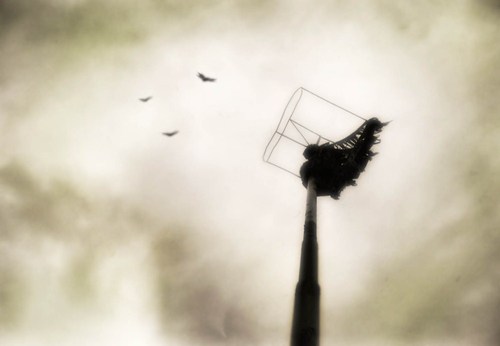

A sample of the filename output will be displayed below. To do this, Check Date and/or Image resolution. Optionally, you can choose to include the date and/or image resolution in the file name. The files will be named party!.mov, party!-1.mov, party!-2.mov, etc. For example, I’m choosing “Party!” as my base file name. Type in a base file name for your group of pictures.Įach photo will begin with this name, followed by a number. If you’ve successfully selected more than one item, it’ll say so in the info bar along the bottom. You can do this by dragging a box around the images, or by Clicking the first item in a range, holding SHIFT and then C licking the last item.
PHOTO RENAMER BY DATE TAKEN HOW TO
In this tutorial, I’ll show you how to use Picasa’s very groovy batch renaming feature. This is because it lets you automatically include the date taken and resolution in the filename, which may be helpful for a massive digital library with different sizes of the same photo ( e.g.
PHOTO RENAMER BY DATE TAKEN WINDOWS
Windows Live Photo Gallery can keep track of photo information, such as date taken and location, but in my opinion, Google Picasa 3 does a better job for batch renaming of files. Is this job anything I could do with Windows Live Photo? If so, could you tell me how to set it up? Thanks, Sarah There are photo management programs such as “Past Perfect” for $870. They would need an identifier, such as :”Library photo 1, Library Photo 2,” etc., with a title and place for added description. A workshop says they should be in two different formats, TIFF and JPEG. Please check " + $Path + "_errors.My library wants to “digitize” their old photos. Write-Host -ForegroundColor Red -Object ( Out-File -FilePath ( $Path + '_errors.log ') -InputObject $ErrorLogMsg

Write-Host -Object ( "Found 0 image files at " + $Path) ( Get-Date).ToString( 'yyyyMMdd HH:mm:ss ') + " `tERROR `tCould not create " + ( $Path + $BackupFileName) + ". $BackupData | Export-Csv -NoTypeInformation -Path ( $Path + $BackupFileName) $BUData | Add-Member -MemberType NoteProperty -Name "NewName " -Value $NewFileName $BUData | Add-Member -MemberType NoteProperty -Name "OldName " -Value $Img. $BUData = New-Object -TypeName System.Object # Collect data to be added to the backup file Rename-Item -NewName $NewFileName -Path $Img. $NewFileName = $dateTaken + "_ " + $ImgDimensions + ::GetExtension( $Img. # $NewFileName = $dateTaken + '-' + $Img.Name $dateTaken = ::ParseExact( $dateString, "yyyy:MM:dd HH:mm:ss `0 ", $Null).ToString( 'yyyy-MM-dd_HH.mm.ss.ms ') $dateString = ::ASCII.GetString( $ImgBytes) Write-Host -ForegroundColor Red -Object $ErrorMessage $ Script:ErrorLogMsg += $ErrorMessage + " `r`n " ( Get-Date).ToString( 'yyyyMMdd HH:mm:ss ') + " `tERROR `tDid not change name for " + $Img. $BackupData = Loops through the images found # Array that takes in the old- and the new filename. Write-Host -Object ( "# of pictures suitable for renaming in " + $Path + ": " + $ImgsFound. # Print the number of images found to the user $ImgsFound = Get-ChildItem ( $Path + '\\* ') -Include *.jpeg, *.png, *.gif, *.jpg, *.bmp, *.png | Select-Object -Property FullName, Name, BaseName, Extension $ImgsFound = Get-ChildItem ( $Path + '* ') -Include *.jpeg, *.png, *.gif, *.jpg, *.bmp, *.png | Select-Object -Property FullName, Name, BaseName, Extension ::LoadFile( "C:\Windows\Microsoft.NET\Framework\v9\ ") Renames all the pictures in the given folder path.Į-mail: Dimensions Added By David Kittell. PS C:\> Rename-Pictures -Path C:\Folder\Pics\ Renames all the pictures in folder you are in.


 0 kommentar(er)
0 kommentar(er)
